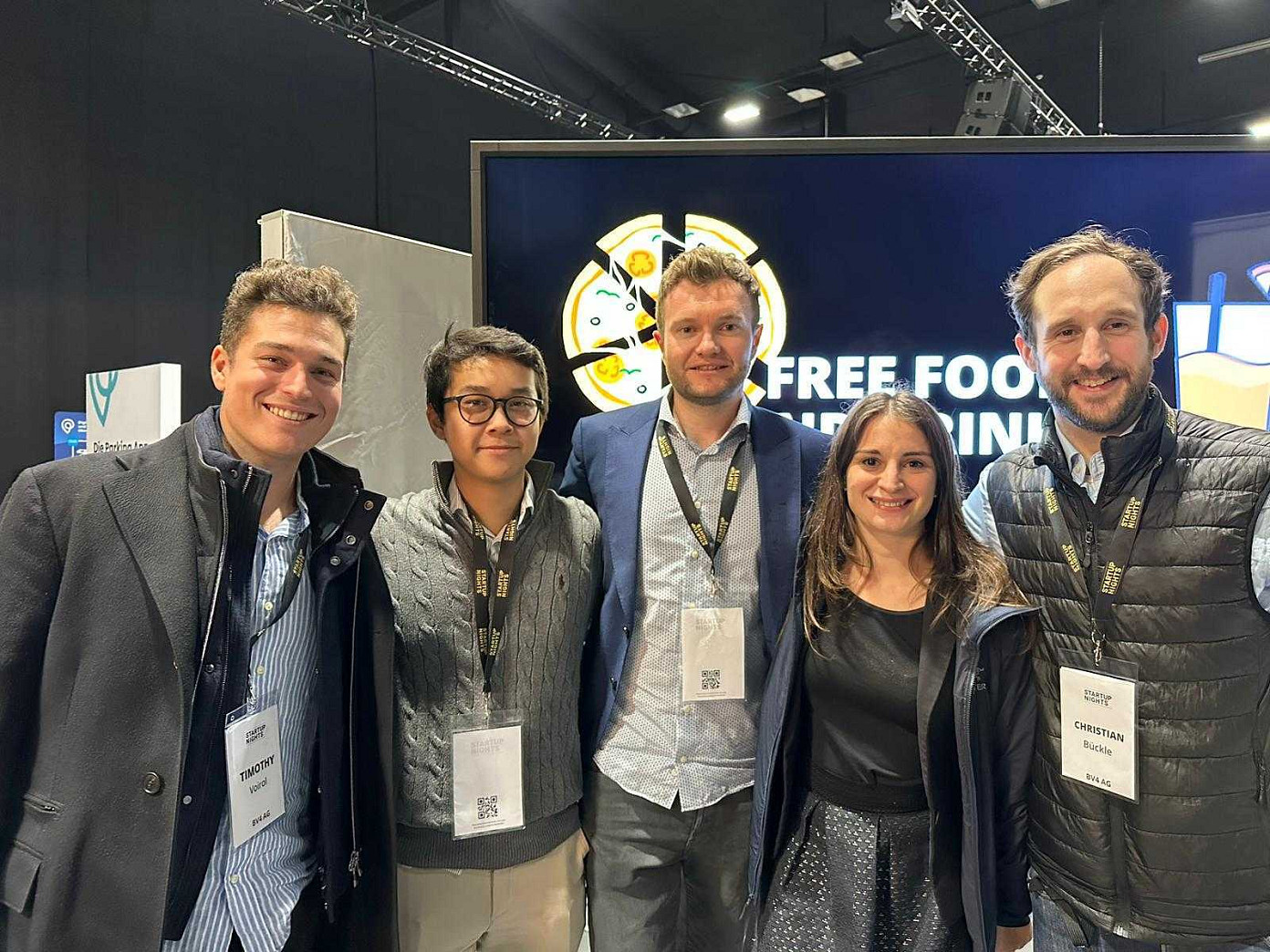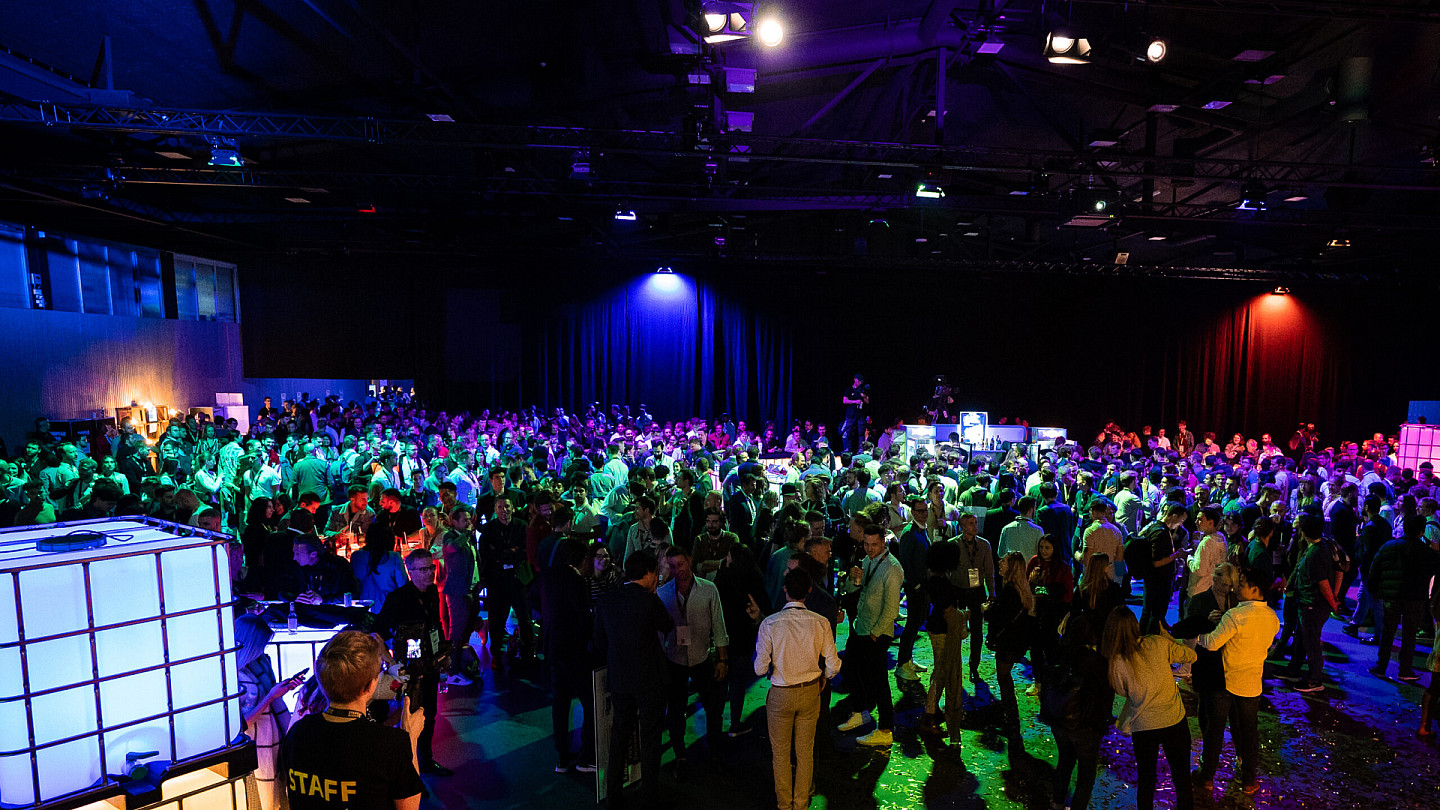Key learnings from our Startup Nights workshop in Winterthur
We had a great time at the Startup Nights in Winterthur 2022 and hosted an exciting workshop about “Investor Readiness from a commercial, financial and legal perspective”. Here are some key learnings for those who were not able to join us that day.
Raising a funding round is a challenging task that most founders must perform several times, because “After the funding round, is before the funding round”. Startups must be aware of the commercial and financial documents as well as the KPIs they need to have, in order to make the process as smooth as possible. In this blog, we want to share a few important aspects of what commercial readiness can mean for an investor.
Pre-Seed investors are usually simple and straight forward. A simple pitchdeck which has a clear problem and solution is usually sufficient to get in-touch with investors. The key milestone is a Proof-of-Concept (PoC). This PoC shows that the solution can be built, and that the startup has an idea on how to develop the solution for the problem. Compared to the other funding rounds, there is not a big focus on traction or client retention etc.
When fundraising for a Seed round, the requirements of investors change and are close to real commercial milestones. Overall, there is a shift towards the ability to monetize the solution which will become more and more important for later rounds. An investor’s risk perception of the startup can be reduced by showing that:
- There is a Minimal Viable Product (MVP). This MVP should show the investor that the startup was able to focus on the core features of its solution and that it can capture early adopters’ attention. This milestone brings the startup closer to validate the claims of their problem/solution fit. The MVP as a milestone has more to offer than simply a technical product, but rather the ability to know the exact features that are important to future clients
- Letters of Interest (LOI) help to convince the investor that there is a market demand for the solution. A startup that can already show that there is interest in its solution, should also leverage the network and community it creates with the LOI. For some industries, this can already be part of the go-to-market strategy that is also important for investors at the Seed stage.

Traction is the key to success in a Series A round. The milestones that are required are all rooted in a successful monetization of the product:
- Product/Market-Fit is achieved when the product or solution faces a strong demand and when clients are willing to pay for it.
- Traction also requires clients and revenues. The revenues must be from the core business and should not come from side projects that do not represent the desired long-term revenue streams (depending on the industry as in BioTech, it is normal that there are no revenues at that stage)
Overall, we see that the requirements and therefore a startups key argument to invest move from technical feasibility to commercial traction. It is important that founders understand the relevance of the mentioned milestones to minimize the risk perception of their startup.
